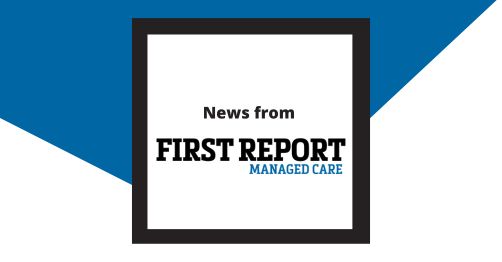Every October, Breast Cancer Awareness Month reminds us of a simple truth: prevention and early detection save lives. At Azara Healthcare, it also reminds us why we do what we do: help health centers use data to turn good intentions into measurable results.
Breast cancer is the most common cancer among women in the U.S., affecting 1 in 8 women in their lifetime. It remains the second leading cause of cancer death, yet when caught early, the five-year survival rate can be nearly 99%.
Financially, the difference is just as dramatic. Treating early-stage breast cancer costs an average of $60,000, compared to more than $135,000 for late-stage disease. Every percentage point increase in screening rates translates into lives saved and millions of dollars avoided in treatment costs.
In 2019, the Alaska Primary Care Association (APCA) and their Quality Improvement Network, AQuIN, set out to improve breast cancer screening across the state. With Azara DRVS as their data backbone, they reimagined how care teams could identify gaps, reach patients, and ensure timely follow-up—even in some of the most remote healthcare settings in the country.
From Challenge to Change
The effort began at APCA’s first Data Summit in 2018, where breast cancer screening emerged as a high-impact measure with the potential to save lives and reduce costs. With Azara DRVS at the center of their improvement efforts, AQuIN and participating health centers reimagined their workflows:
- Patient Registries identified patients due for mammograms, allowing care teams to act before gaps became missed opportunities.
- Outreach tools empowered staff to contact patients directly, helping them overcome barriers to screening.
- Patient Visit Planning (PVP) Reports placed actionable screening data in the hands of providers at the point of care.
- Dashboards enabled leaders to see results across locations, pinpoint what worked, and scale best practices.
This wasn’t just about checking a preventive care box. It was about building a sustainable, data-driven model to ensure patients received screenings and follow-up when they needed it most.
Measurable Impact
The early results were striking. Within nine months, four centers boosted screening rates among patients aged 50–74 from 30% to 49%, generating an estimated $5.3 million in treatment savings for the Alaska health system. By 2021, screening rates across participating centers reached 48.9%, trending toward 54% in 2022—outperforming the national average of 46%.
By 2024, those gains proved not only durable, but scalable:
- 7 of 10 centers sustained significant improvement, averaging a 15-point compliance increase.
- Network-wide rates improved by 10% (+4.9 points).
- The eligible population grew by 32% (6,522 → 8,612 women), while the screening rate kept pace and rose by 46% (3,080 → 4,489).
- Anchorage Health Center led the way with a 225% increase in patients screened (452 → 1,467).
These improvements mean more cancers caught earlier, more women spared late-stage diagnoses and more healthcare dollars conserved.
What's Next
As APCA expands DRVS adoption, the ripple effects will grow: more women screened, more cancers detected early, more dollars reinvested in preventive care.
From the frontier of Alaska to communities nationwide, the message is clear: data-driven strategies work, scalable screening is achievable, and when data, workflows, and community engagement align, excellence becomes the standard—not the exception. Alaska’s experience proves that with the right tools and commitment, even the most remote settings can drive measurable, lasting improvement.
This Breast Cancer Awareness Month, Alaska’s story offers a powerful reminder: breast cancer screening saves lives, and data makes it possible.
Want to learn how DRVS can help your organization close care gaps and improve preventive care? Contact your client success manager or solutions@azarahealthcare.com.
Related Articles

Navigating Medicaid Turbulence: What Community Providers Need to Know
Explore Insights
Managing Medicaid Redetermination at Scale with Azara Solutions
Explore Insights
